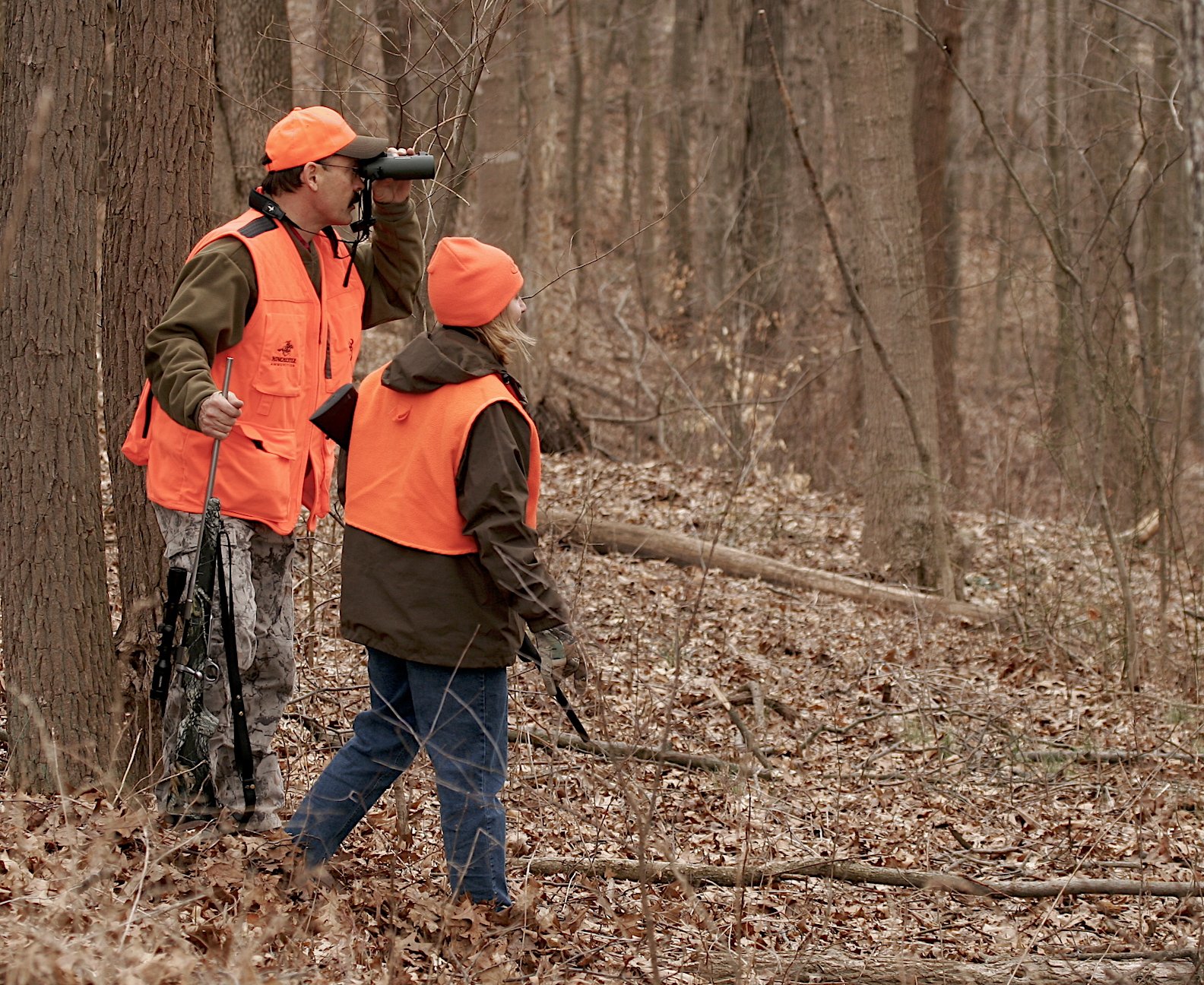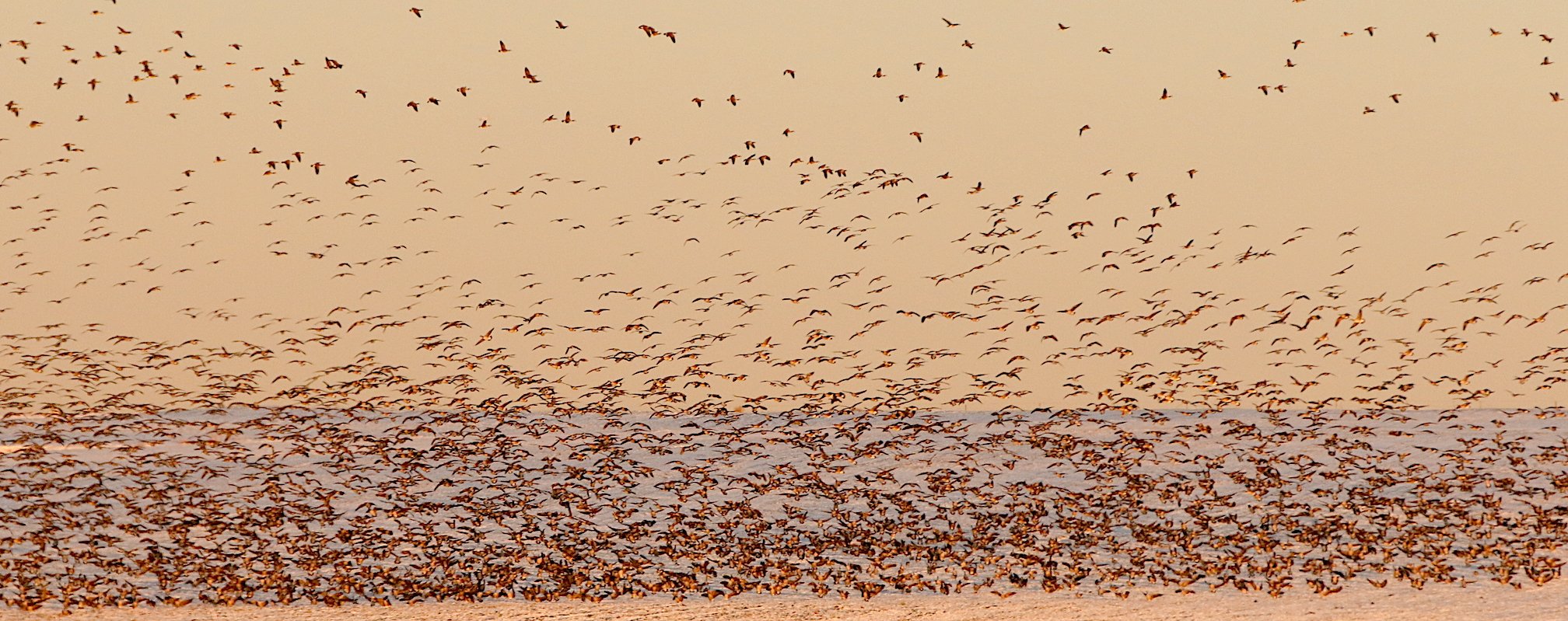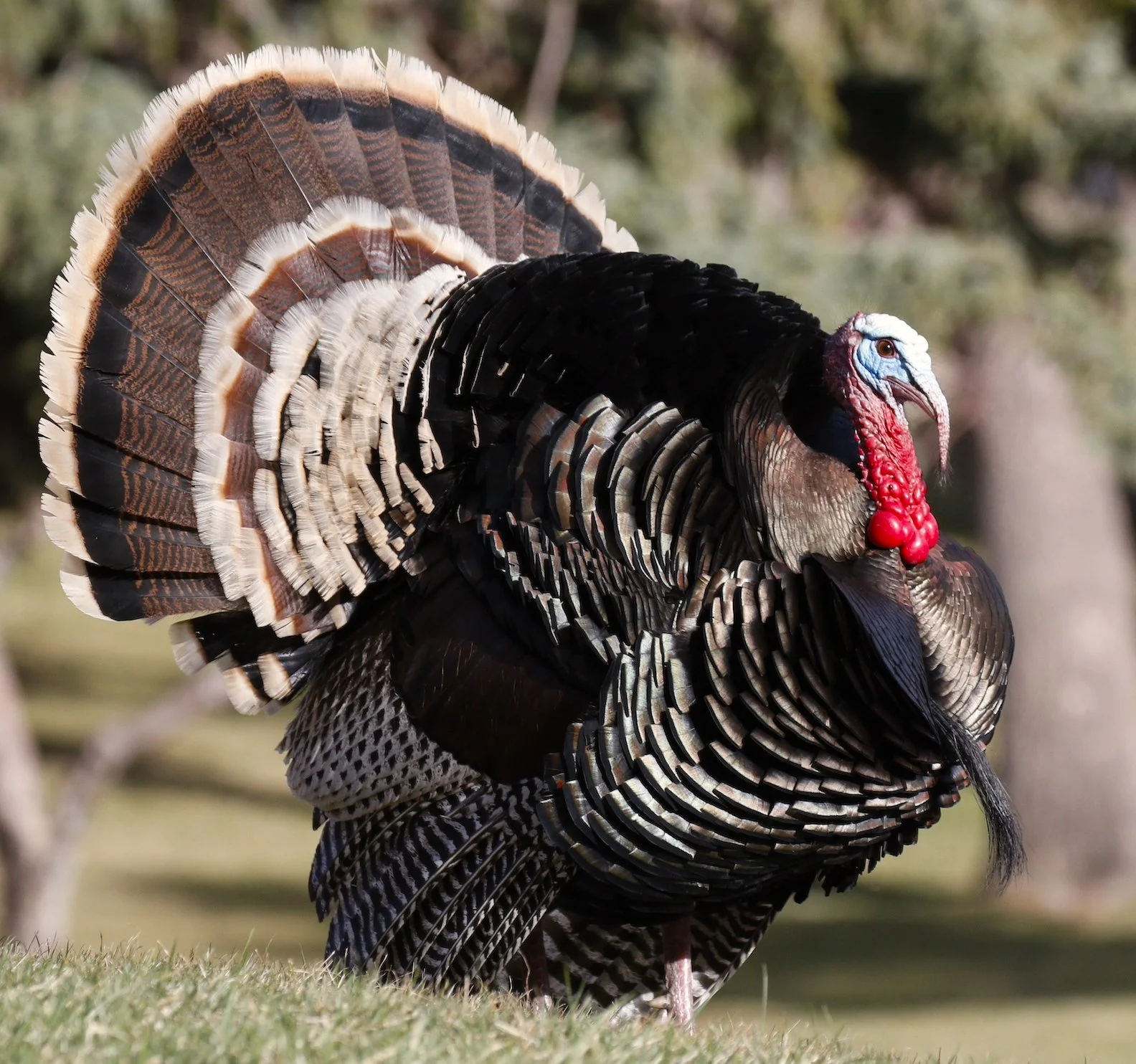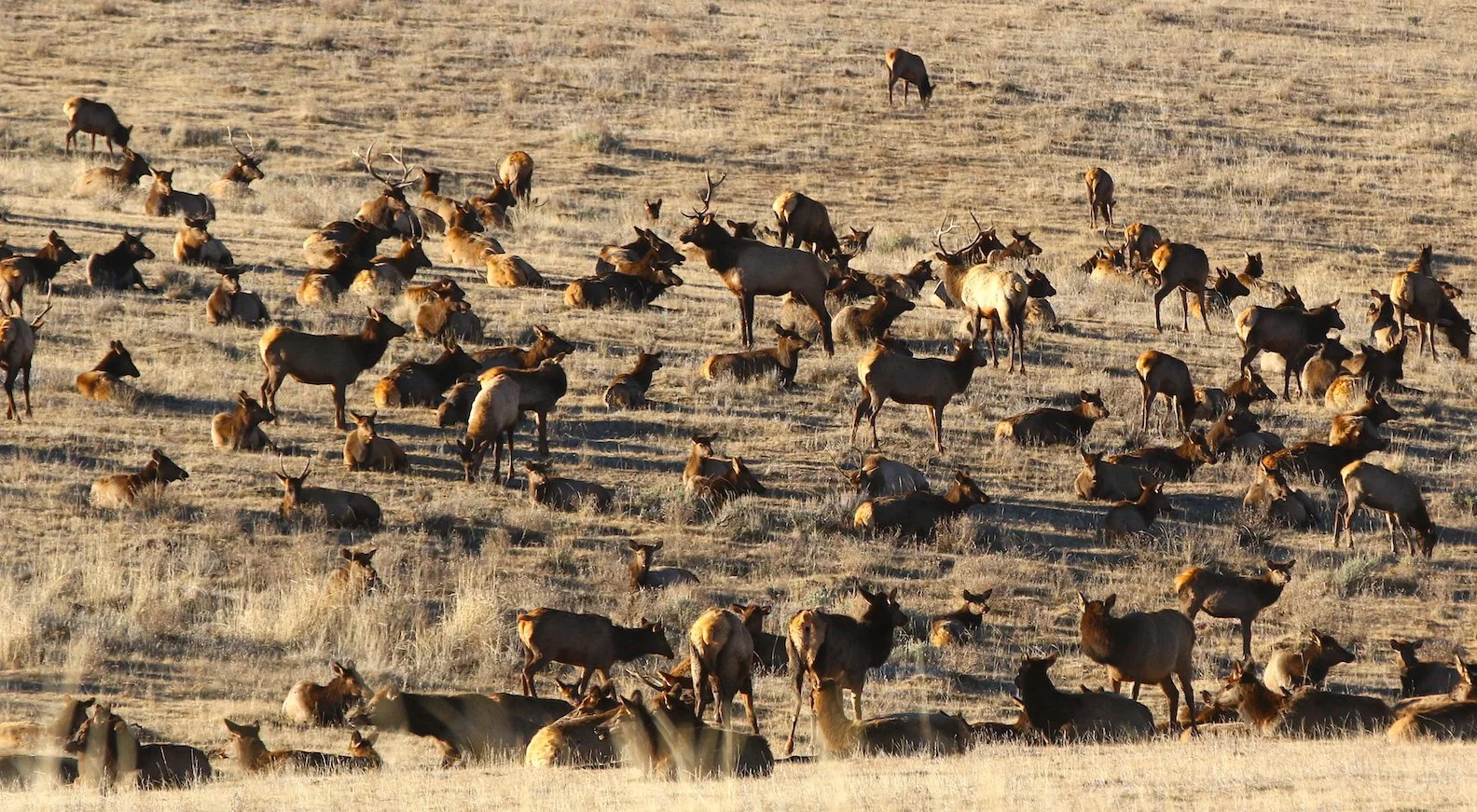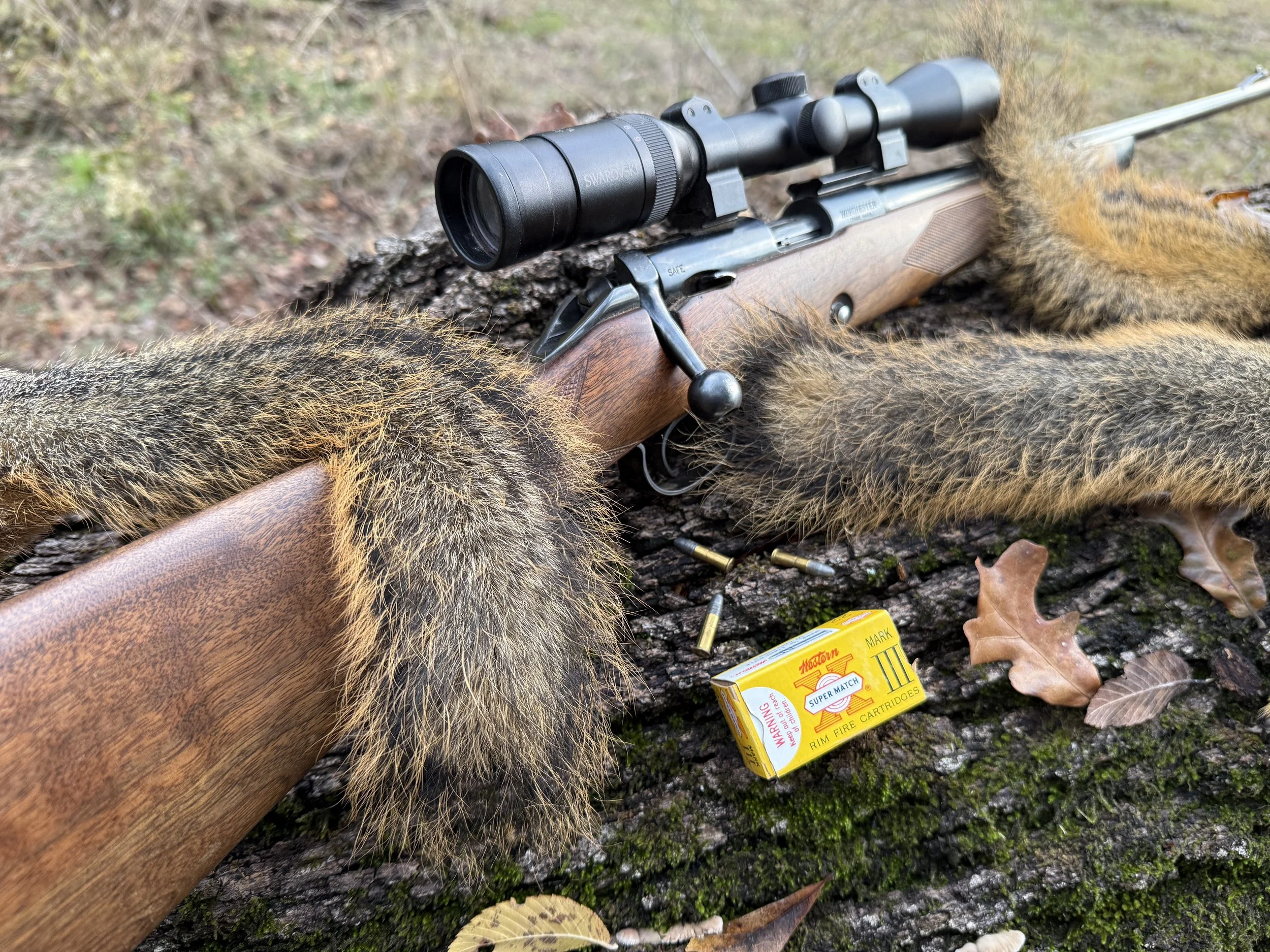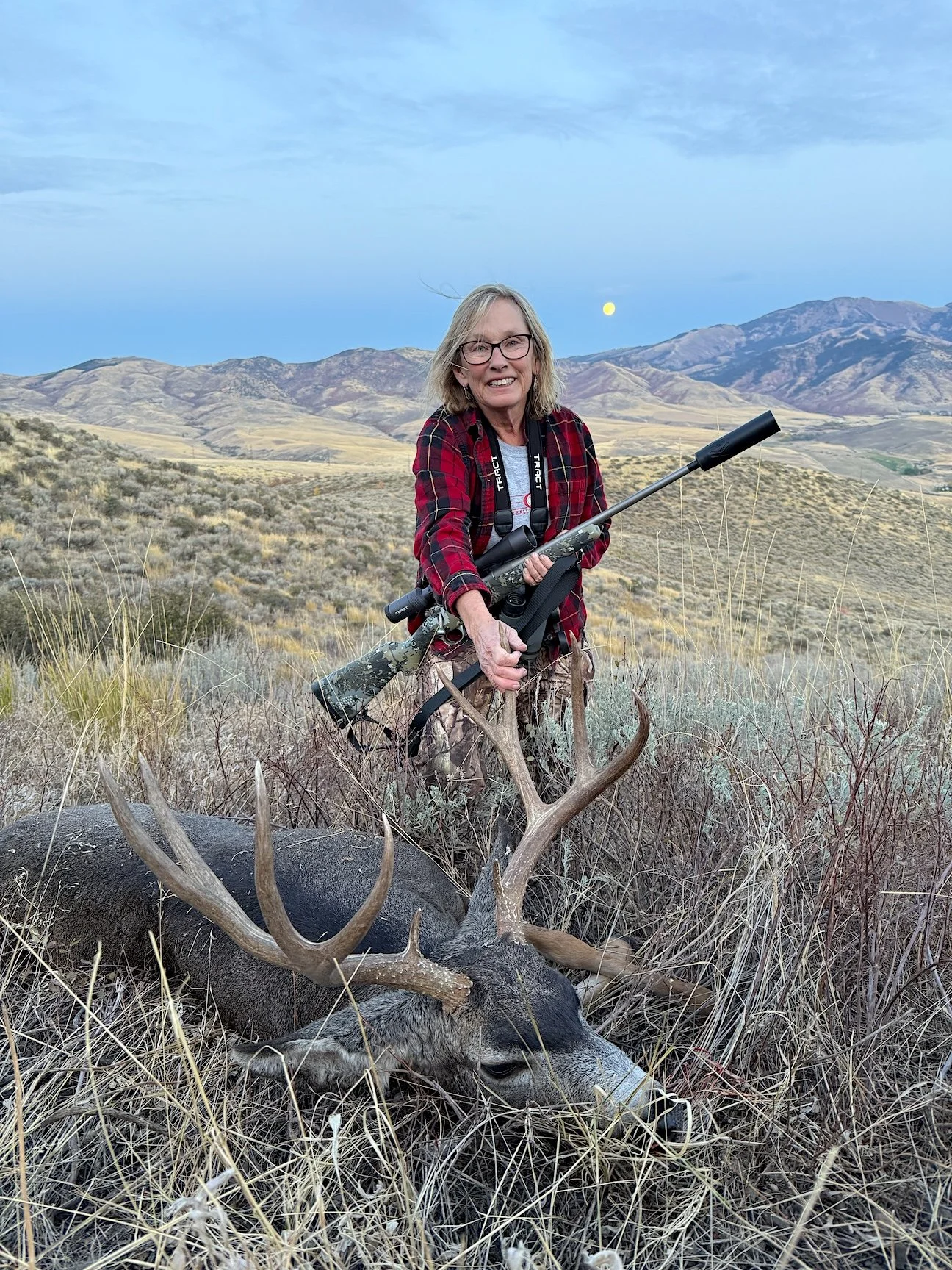Sport Hunting?
by Ron Spomer
There is nothing sporting about sport hunting. Harassing and killing animals for some kind of cheap thrill is sick!
Well, yes. But who says sport hunting means killing wantonly for cheap thrills? I sure don’t. And neither do millions of other serious, dedicated, respectful conservation hunters.
Don’t tell me this boy was out thrill killing when he took this, his first deer. The hunt had much more meaning than that. He didn’t just frivolously shoot the buck. He played by the rules, passed a hunter safety test, bought a license, waited for opening day and legal shooting light and stalked the buck. Later we skinned and trimmed it into steaks, roasts and burger. The boy proudly displayed the antlers in his room, a reminder of a special, magical day in his life as a sport hunter.
Ah, “conservation hunters.” That’s another example of trying to find words to describe what “Sport Hunting” was originally designed to mean. It has never meant a frivolous game or a contest to see who can score more points. Sport hunting means boundaries, rules, regulations, and limitations. It describes responsible, controlled, limited hunting to differentiate it from market hunting and poaching. Just the opposite definition of what many think.
It’s unlikely this husband and wife have entered the woods for a bout of thrill killing. No, they are sport hunters adhering to strict regulations and limits designed by other sport hunters to ensure sustainable populations of not just the whitetails they’re hunting, but all the other native plants and animals that are part of that biotic community.
The phrase arose in the late 19th century when Americans were free to shoot, capture or exterminate just about any wild thing. Rats, elk, chestnut trees, canvasbacks, cougars, ginseng root, ivory-billed woodpeckers, passenger pigeons… Wild things were free for the taking. So of course people took too much. It was “me first”. Get yours before it’s gone.
Market hunters shot waterfowl indiscriminately in the pre-Sport Hunting era. Sport Hunting was proposed as an antidote to market hunting excesses. It has worked beautifully, restoring multiple species to abundance.
And much of it was soon gone. Carolina parakeets and passenger pigeons were exterminated. Bison and turkeys were dwindling to near extinction. Egrets, herons, pronghorns, cypress trees and even whitetail deer were dwindling to scarcity. Forests were being razed, prairies plowed under, wetlands drained.
And who do you suppose rose in opposition? Hunters. Yes, concerned hunters calling for sport hunting. This meant restraint. Closed seasons. Limited harvest. Sport hunting meant management of wild resources so they could replenish annually. It meant adhering to fair chase tactics. No spotlighting. No punt guns. No chasing with motorized vehicles. Restricted harvest meant Nature could sustain healthy wildlife numbers within protected, intact ecosystems indefinitely.
Thanks to sport hunters, Canada geese are abundant across North America.
Those concerned hunters concocted a sporting code of hunter ethics, self-imposed limitations on where, when, what, how, and how much game could be taken. The new sport hunters opposed the shooting does, fawns, cubs, and hens. They insisted it was non-sporting to hunt deer at night with spotlights. They were against hunting during spring nesting periods. They legislated against wanton waste of meat, poison-tipped arrows, fully automatic firearms, and oversized scatterguns firing into vast flocks of birds. They even had the temerity to suggest shooting a roosted turkey out of a tree was unsporting!
Turkeys must be shot on the ground only? No roost shooting? What kind of a selfish, cheap thrill killing is that?
And they didn’t stop at that. Over the decades they demanded sport hunters shoot no more than ten quail or three pheasants per day, one deer per season, one moose every ten years, or one bighorn sheep per lifetime! Whatever limitations and restrictions required to sustain wildlife abundance were proposed and advanced by sport hunters.
Sport hunters limit their kill to a few of each species judged abundant enough to sustain limited, seasonal hunting. No more endless piles of dead game going to the biggest game hog.
To police these rules and fund wildlife management, sport hunters taxed themselves through license and tag fees. They used those funds to hire biologists and game wardens. And yet they were still not satisfied, so they started independent, conservation organizations that raised additional millions and pushed business and government toward ever more and better wildlife and habitat management. Ducks Unlimited, National Wild Turkey Federation, Rocky Mountain Elk Foundation, Mule Deer Foundation, Izaak Walton League, Pheasants forever, Ruffed Grouse Society…
North American wapiti were headed for the exit until newly christened sport hunters changed the rules and ended free-for-all meat hunting. Sport hunters have funded translocation and reintroduction of elk across the Rocky Mountain west and east into states like Kentucky, Pennsylvania, and Michigan. Bulls are growing larger bodies and antlers than ever before recorded.
It worked. And still works. Sport hunters — not poachers, market hunters or even subsistence hunters — have saved numerous wildlife species from extinction, enhanced and restored them to abundance. Game species have bounced back and even improved in genetic quality. In just the past 40 years new world-record antlers and horns for nearly every recognized big game species and subspecies in North America have been collected. Many of those have come in the last 20 years. Forget about “trophy hunters” depleting the gene pool.
Since sport hunting regulations and restoration efforts were begun, the North American pronghorn population has increased 50 times.
Sport hunting is governed by rules and limitations. What does that remind you of? A sport, perhaps? Like “no stepping out of bounds? No hitting below the belt? No head butting?” Rules and limits are are what differentiate games from tribal warfare, from all-out, no-holds-barred exploitation. Instead of throwing stones at our neighbors, we throw them past batters. Instead of choking our rivals to death, we pin them to the matt for three seconds. Instead of killing wildlife indiscriminately, sport hunters severely restrict and limit their harvest.
Having learned the laws governing modern sport hunting and sampled the complicated joys of hunting for free-range, native, organic, self-perpetuating venison, this young hunter is joining a strong, proud community of conservation hunters to help continue the protection of our natural resources.
And that is why sport hunting is called sport hunting. Not because it’s a frivolous, meaningless game, but because it’s a vital, essential life-and-death interaction with Nature which sport hunters intend to maintain, sustain, and perpetuate.
# # #



